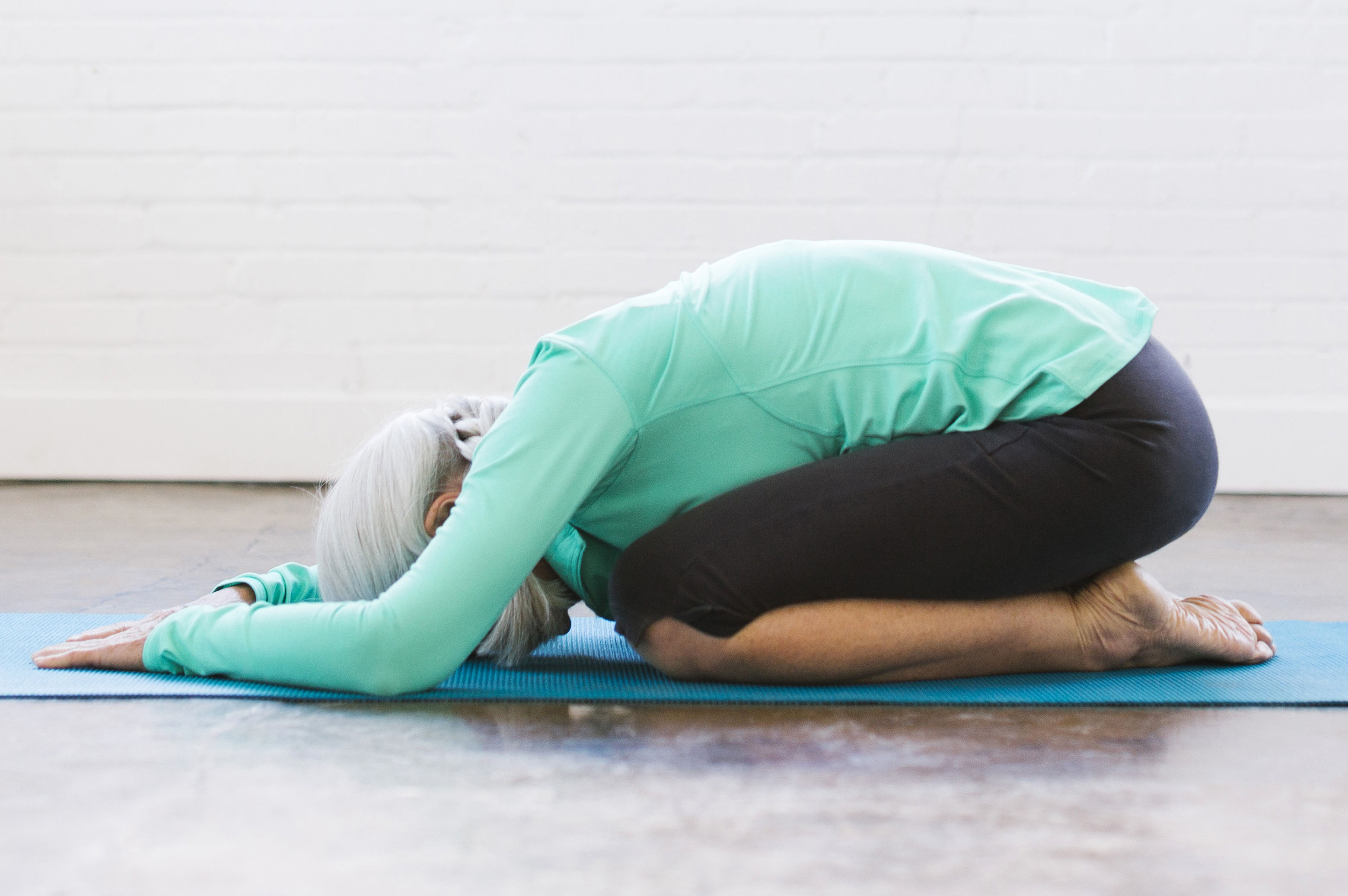Types of Back Pain
Back pain can be either acute or chronic. If acute, symptoms may only last a few days or a few weeks. However, if you experience chronic back pain, the pain returns regularly and can make participating in everyday activities challenging. Back pain can occur for a variety of reasons, including:- Herniated disc(s)
- Pinched/compressed nerves
- Muscle strains (overuse or poor posture)
- Muscle injury
- Osteoporosis
- Scoliosis
- Degenerative disc disease
- And much more
Why You Should Stretch
Stretching brings many health benefits. Not only does it help increase blood flow, but it also improves posture, which is one way to prevent back pain in the future. Regular stretching can:- Reduce tension in muscles supporting the spine
- Improve range of motion and overall mobility
- Reduce the risk of disability caused by back pain
Beginner Stretches for Back Pain
As you go through each of these stretches, take your time and pay close attention to your breathing. You should be able to breathe comfortably and smoothly throughout each stretch. If you cannot, decrease the intensity until you are comfortable.Child’s Pose
Child’s Pose is a beginner yoga pose that stretches all of the low back and inner thigh muscles. This stretch helps relieve pain and tension along the spine, neck and shoulders. Child’s Pose has a relaxing effect on the body that helps loosen tight lower back muscles, promoting flexibility and helping with blood circulation to the muscles, joints and spinal discs.
How to:
Start with both your hands and knees on the ground, and slowly sink back through your hips, resting them on your heels. Hinge at your hips as you fold forward, walking your hands out in front of you. Extend your arms with your palms facing down, and rest your belly on your thighs. Focus on breathing deeply and relaxing any areas of tension. Hold for 30 seconds.
Knee-to-chest stretch
The knee-to-chest stretch benefits the hip and low back muscles. This range-of-motion stretch may help reduce stiffness associated with spinal arthritis or spinal stenosis. For those who have osteoarthritis, range-of-motion stretches can help lubricate the joints, increase blood flow and deliver nutrients to the problem area.
How to:
Start on your back. Gently pull one knee towards your chest, using your hands to hold your leg. You should feel a slight stretch in your low back and hip. Hold this stretch for 10 seconds. Repeat 3 times with each leg.
Seated spinal twist

The seated spinal twist is a gentle stretch that opens up the hips and stretches the chest, shoulders, and upper and lower back. This pose improves posture and spinal mobility while alleviating neck and upper back pain.How to:
Sit straight with your legs stretched out in front of you. Slowly bend both of your knees to place the soles of your feet on the floor. Drop your left knee to the side and slide your left foot under your right leg, bringing it to the outside of your right hip. The right knee should be facing the ceiling. Gently twist your upper body towards the right side. You can place your right hand behind you for support. Place your left arm around your right leg as if you are hugging it. Hold this pose for 30 seconds, and repeat on the other side.
If you have difficulty getting up and down from the floor, you can use a sturdy chair. Have both feet flat on the ground and as you inhale, lengthen your spine by sitting up straight. On the exhale, twist your body to the right, grabbing the back of your chair with your left arm.


